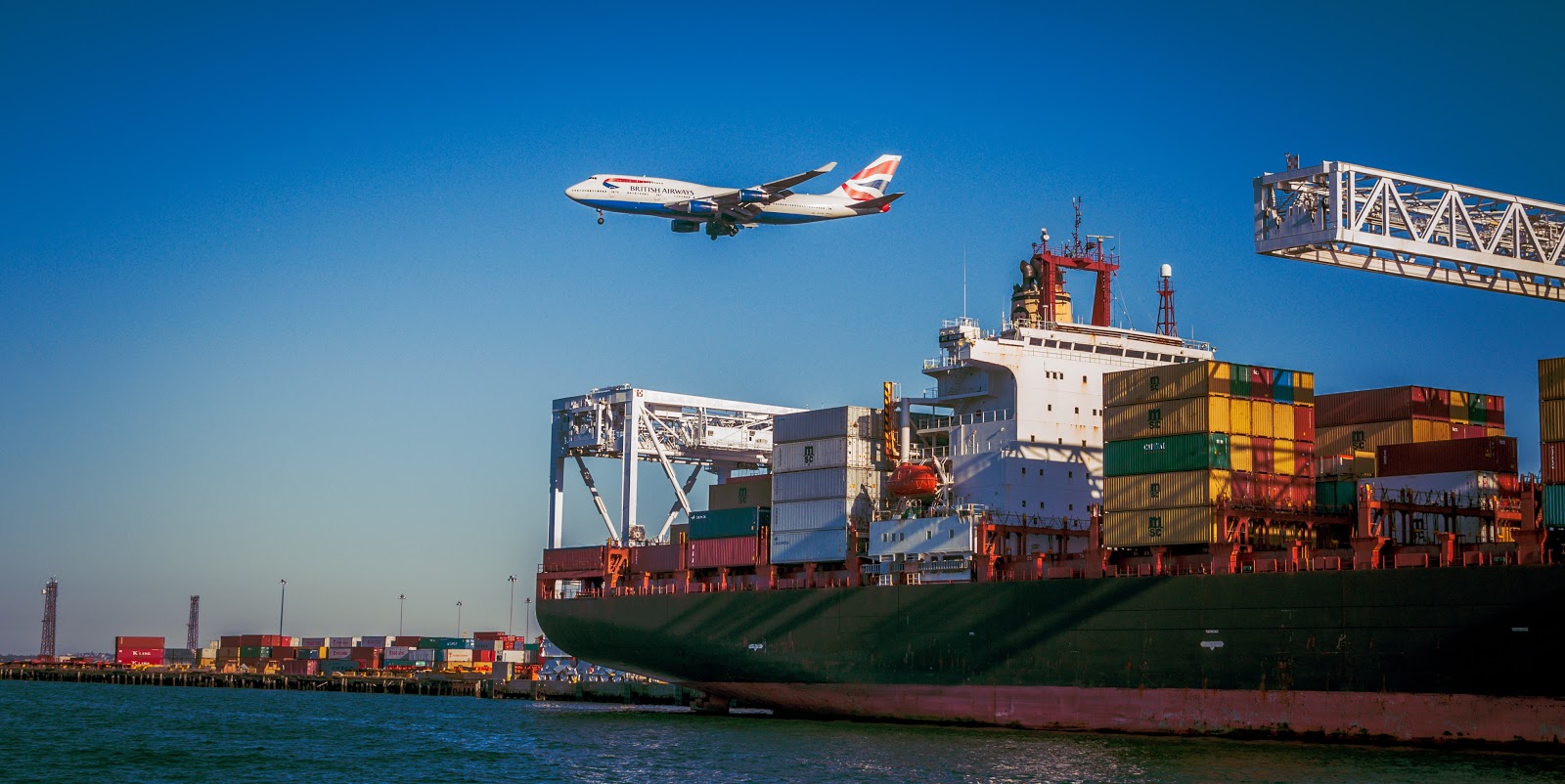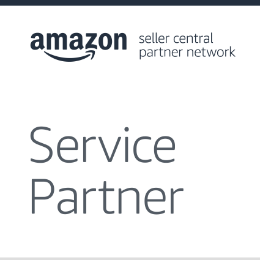
One of the most challenging parts of starting an international e-commerce business is the fact that it’s international. This may sound basic, but the truth is that these days you can run a successful international e-commerce business without ever visiting the country where you’re selling. However, that doesn’t mean you should jump into a cross-border business without doing some serious prep work.
Today we’ll share some pro tips for running an e-commerce business in Latin America at a distance, from marketing to shipping and everything in between.
What’s Driving International E-Commerce?
International (or cross-border) e-commerce is becoming the dominant retail force on every continent. The growth of this retail evolution isn’t just coming out of the United States and Europe; Latin America is forecast to be the fastest-growing e-commerce market through 2021, with 19% growth. Other regions like Asia-Pacific are right behind Latin America, with 14.2% year-over-year growth expected in the A-P region in 2019.
Retailers are taking note and expanding their sights and target markets. This is helping drive demand in cross-border e-commerce as U.S. and European companies are looking for new consumers for their goods.

Globally, retail e-commerce is expanding at a rapid pace, growing from $2.8 trillion to $4.9 trillion by 2021. By 2020, cross-border e-commerce is expected to account for $1 trillion in sales.
But before becoming an international e-commerce merchant, it’s important to understand what’s driving this growth. According to a global survey from PayPal, some of the top reasons consumers shop online from other countries are better prices (72%) and access to items that aren’t available in their country (49%).
So before you commit to selling abroad, you should be able to compete on price and find your niche against local brick-and-mortars and online retailers. If you can compete on one of those premises after factoring in the cost of international logistics and localization costs, you’ll have a good shot at selling abroad.
Preparing Your International E-Commerce Business
Thanks to the internet and advances in logistics technology, it’s now possible to run an international e-commerce business without ever getting on a plane or setting foot in a warehouse. Whether you already have an existing e-commerce business that you want to expand or you’re just jumping into e-commerce for the first time, there’s some special knowledge and preparation that goes into running an international e-commerce business. Here are a few tips:
-
Do Your Research
Selling in another country is far different than selling in your home country. Different laws, customs, and consumers make expanding your e-commerce business internationally a whole new challenge. Due to the complexity, it’s wise to start slow and choose one or two countries to target at a time.
By doing some research online and speaking to international business advisors or global consultants, you can determine whether your business will succeed in a different market.
If you don’t do your research, you may be surprised by unexpected costs or a cold reception by consumers. Speaking with SEM Rush, Vtex’s Inbound Marketing Director Rafael Campos recounted the most surprising challenges his company had in the opportunity-filled Brazilian marketplace:
“One of the most important challenges for any e-commerce brand is the complexity of the Brazilian tax system. It is nearly impossible for someone from another country to fully understand its functioning because it is always changing.
Another challenge is the size of the country. Brazil is the 5th largest country in the world covering 8.5 millions of square kilometers. However, the infrastructure is not fully adequate for such a big country. The costs and transit time are high, and 50% of the costs are covered by the companies themselves.”
Running an e-commerce business at a distance means doing extensive research to learn about these otherwise unforeseeable challenges. Not all of the knowledge you need may be online, though. Partnering with companies who have experience working in these countries can be more enlightening and helpful.
If you’re considering running an e-commerce business in Latin America, for example, SkyPostal has decades of experience in the region and can provide realistic insight into the logistics experience for many different countries. We also offer local support for your overseas customers who may speak different languages or be in different time zones from your business.
-
Get Compliant
Perhaps the biggest hurdle for many businesses is ensuring your products and tax payments remain compliant for different countries at the same time. While it may seem like a headache, compliance can save you millions of dollars in fines and help you avoid a PR disaster.
Any country you’re considering shipping goods to has its own unique regulations to contend with. One of the most (in)famous regulations affecting e-commerce businesses is the recently-passed General Data Protection Regulation (GDPR), which governs how websites handle consumer data and privacy. As Digital River notes, the GDPR has shown that “it’s imperative for sellers to have deep local knowledge of regulations to account for even the slightest variances—without it, brands may encounter serious financial penalties or a destroyed reputation.”
It’s important to make sure your site is compliant with the laws of every country you’re selling to—and since the GDPR is one of the strictest regulatory frameworks, it’s not a bad idea to adopt it as a standard.

Other issues include taxes and customs. In Argentina, for example, a new value-added tax (VAT) was added to digital services that makes it more complicated to offer localized e-commerce experiences. Tax and customs, for physical or digital goods, are a part of the international e-commerce experience anywhere.
Running an international e-commerce business without a physical location in your target country can be simpler than global corporations with multiple headquarters and retail locations worldwide. But it’s important to understand what laws and taxes apply to your business, and to keep an eye on the laws in each country to ensure your business remains compliant.
-
Prepare Your Site for International Visitors
If you’re running an international e-commerce business in Latin America or elsewhere, the odds are high that your overseas consumers don’t speak the same language, have the same currency, or share the same cultural frameworks as your domestic consumers. That’s why it’s important to localize your site for your new consumers.
Localizing your website makes a huge difference in the amount of online traffic you receive and the experience your international customers have with your business. One way to drive more traffic to your site is to ensure you provide the correct top-level domain.
In the United States, most e-commerce sites end in .com, but other domains are more common in other countries. In Brazil, for example, .br is the most common top-level domain. It adds an extra local touch for your international consumers to have a top-level domain for each country you do business in.
The most important way to prepare your site for international visitors is to ensure your content is translated into the right language and adapted to their culture. By taking the time to localize your site, you’ll find your e-commerce business has a larger target audience, better local SEO, and more conversions. Automatic translation software can do a lot of the heavy lifting, but it’s important to have a human check for clarity and cultural gaffes.
Beyond translating into different languages, you need to be ready to process new forms of payment in different currencies. In Latin America, for example, you’re not only dealing with different currencies, but many of the e-commerce consumers there don’t have international credit cards or banks. These consumers expect you to offer different forms of payment, including cash vouchers and bank transfers.
-
Get Your Logistics in Order
Perhaps the best thing you can do for your budding international e-commerce business is to find a third-party logistics partner that specializes in the region or country you’re expanding into. Shipping, customs, and processing returns become increasingly challenging as soon as you move into international business.
Some of the pressing logistics questions for your international e-commerce business include:
-
How will you keep costs down to compete with local retailers?
-
How will you ensure timely package deliveries?
-
How will you integrate international logistics data into your other business applications?
-
Will you fulfill in-house or rely on a fulfillment center?
The answer to these questions can change depending on the distances your goods have to travel. If you’re shipping from the U.S. to consumers in Mexico, you may not need a closer fulfillment center to speed up deliveries and save money. However, if you’re shipping to Brazil or Chile, a fulfillment center in Panama will have a greater impact on speed and cost, which may make you more competitive against local retailers.

Consumers in every country increasingly expect timely, low-cost shipping. They also expect real-time tracking. This may make it difficult for international e-commerce businesses that don’t prioritize logistics as a critical part of the customer experience.
When you prepare your logistics plan for your international e-commerce business, make sure you also write a comprehensive return policy that lays out the expectations for your customers. Online purchases have a much higher rate of return than traditional brick-and-mortar stores (25% compared to 8%). By providing a stellar logistics experience from shipping to returning, you’re more likely to have repeat customers, who are the lifeblood of e-commerce retail.
The Right Partner for Your International E-Commerce Business
While you can run an entire international e-commerce business from your home office, you shouldn’t have to go it alone.
If you’re looking to sell in Latin America, choose SkyPostal as your trusted logistics partner. Our decades of experience, network of local delivery partners, and innovative logistics technology can help your international e-commerce business become successful. Contact us today to find out how we can help your business expand in the region.

